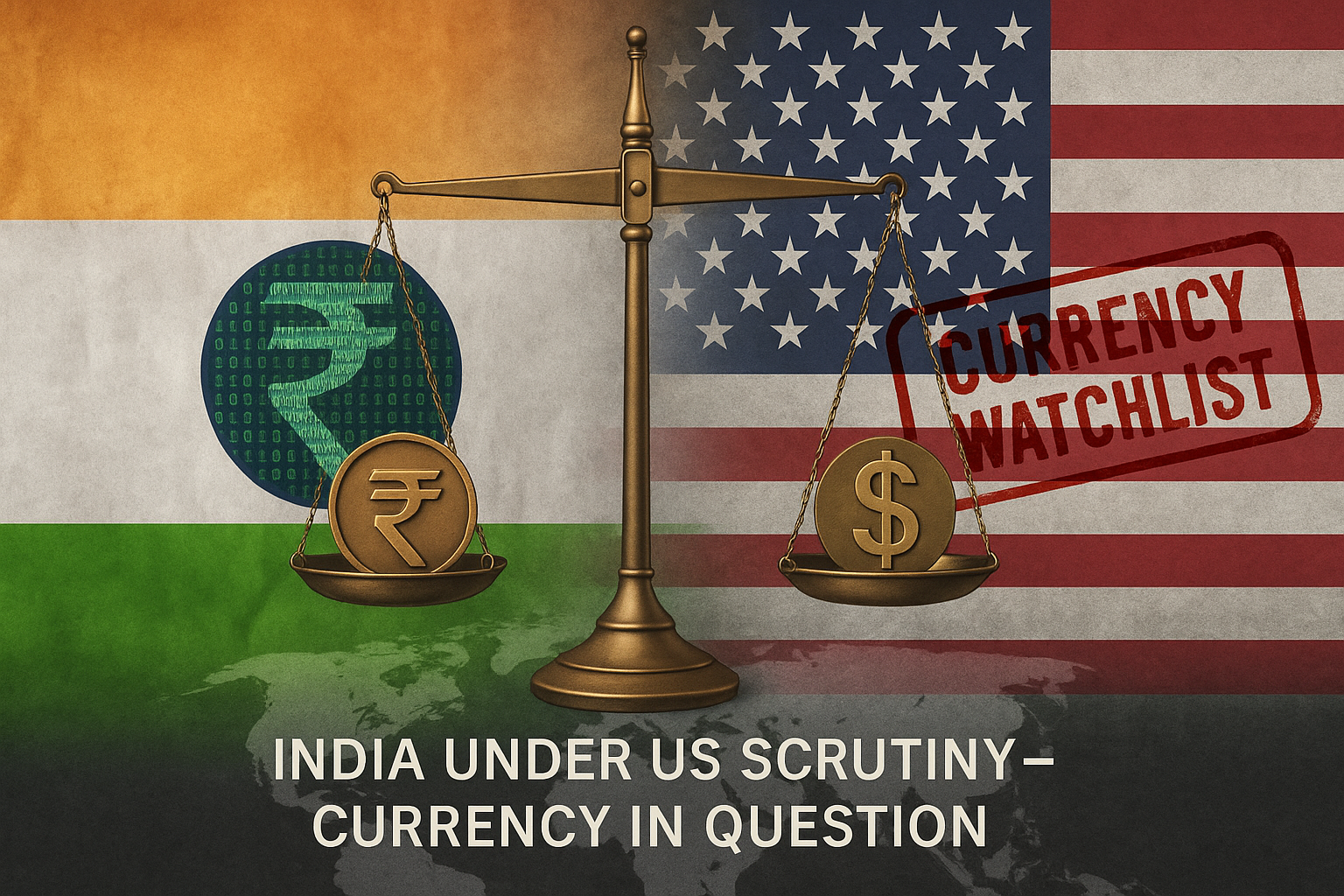Announcement: Lorem ipsum dolor sit amet, consectetur adipiscing elit. Donec et quam blandit odio sodales pharetra.
The currency manipulator watchlist has bigger lessons for India
The US recently issued a warning that India had been put on the currency watch-list for alleged manipulation of the rupee. What does it really imply?

Table of Content
Who is a currency manipulator?
Firstly, let us be clear that this is not an official list by any independent agency. It is a list issued by the US Treasury where countries that run a trade surplus of over $20 billion with the US are put on a watchlist to check if such countries are artificially weakening their currency to boost exports to the US. India has the highest trade with the US and has been consistently running trade surplus each year. Declaring a country as the currency manipulator is the second step after they are put on a watchlist and kept under observation for some time. The US had recently listed Switzerland and Vietnam as Currency Manipulators.
Currency watchlist is different
The US Treasury recently moved India, Thailand and Taiwan to the Currency Watchlist. This is a kind of a warning list that such countries could be eventually moved to the currency manipulators list which could have larger repercussions in terms of trade sanctions. In the past, the US has accused countries like Japan, China and even Germany of adopting manipulative tactics to deliberately keep their currencies weak versus the dollar. Such charges are hard to prove but India must know what this implies.
A routine arm twisting tactic
If you go by the past experiences, the US has used this Currency Manipulator list as a pressure tactic to compel many of the smaller countries to reduce their trade surplus with the US. Today, the dollar is not strong because any of the countries running a trade surplus are keeping their currencies deliberately weak. The dollar is strong as it owns the exorbitant privilege of being the default currency for global trade and commerce. That is a privilege the US has accepted knowing fully-well that it would keep the US dollar stronger than warranted. The US has achieved little with this list in reducing trade deficit with Asia and Europe. It is just pure arm twisting.
A larger lesson for India
Rather than being smug about the issue, India must take a cue on how it can make the INR convertible in the real sense of the term. For a long time, the RBI has intervened to prevent the rupee from getting stronger as it would impact exports. It did not really matter when India ran a trade deficit with most countries. Now that India runs a fairly huge trade surplus with the US, such interventions by the central banks are likely to come under the microscope. India had spoken about capital account convertibility in 1997 but progress has been very limited. It is time to bite the bullet and take the first step to making INR a true-blue hard currency!
Comments